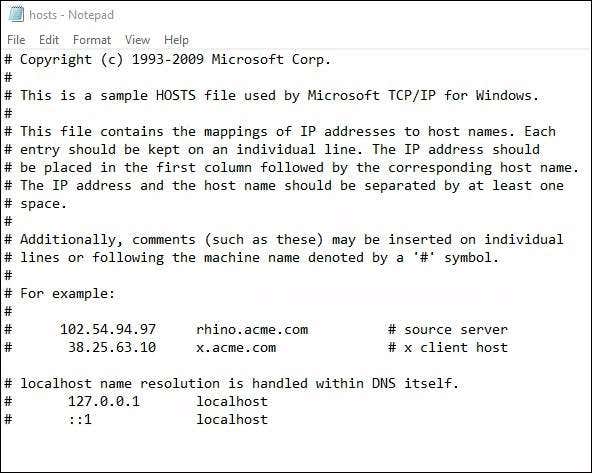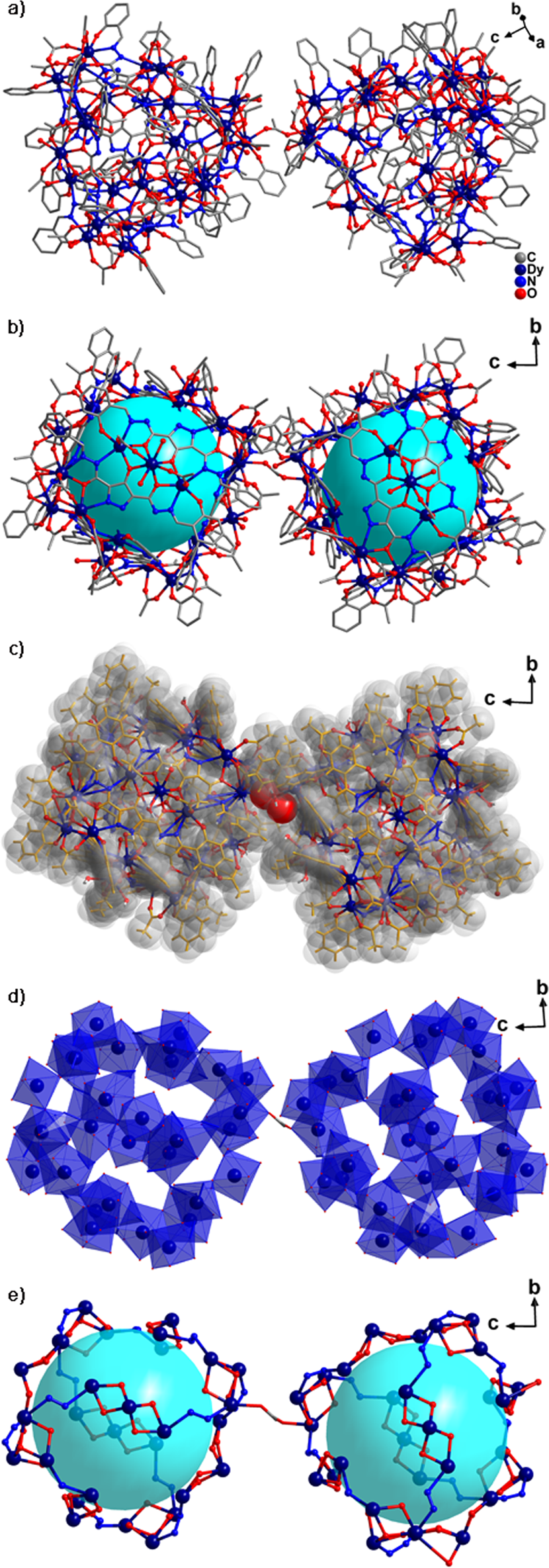

The British Museum Act 1753 also added two other libraries to the Sloane collection, namely the Cottonian Library, assembled by Sir Robert Cotton, dating back to Elizabethan times, and the Harleian Library, the collection of the Earls of Oxford. On 7 June 1753, King George II gave his Royal Assent to the Act of Parliament which established the British Museum. Īt that time, Sloane's collection consisted of around 71,000 objects of all kinds including some 40,000 printed books, 7,000 manuscripts, extensive natural history specimens including 337 volumes of dried plants, prints and drawings including those by Albrecht Dürer and antiquities from Sudan, Egypt, Greece, Rome, the Ancient Near and Far East and the Americas. During the course of his lifetime, and particularly after he married the widow of a wealthy Jamaican planter, Sloane gathered a large collection of curiosities and, not wishing to see his collection broken up after death, he bequeathed it to King George II, for the nation, for a sum of £20,000. Its foundations lie in the will of the Anglo-Irish physician and naturalist Sir Hans Sloane (1660–1753), a London-based doctor and scientist from Ulster. History Sir Hans Sloane Īlthough today principally a museum of cultural art objects and antiquities, the British Museum was founded as a "universal museum".

4.7 Department of Africa, Oceania and the Americas.4.5 Department of Britain, Europe and Prehistory.1.7 Collecting from the wider world (1850–1875).1.6 The largest building site in Europe (1825–1850).Its ownership of some of its most famous objects originating in other countries is disputed and remains the subject of international controversy through repatriation claims, most notably in the case of the Elgin Marbles of Greece, and the Rosetta Stone of Egypt. The museum is a non-departmental public body sponsored by the Department for Digital, Culture, Media and Sport, and as with all national museums in the UK it charges no admission fee, except for loan exhibitions. In 1973, the British Library Act 1972 detached the library department from the British Museum, but it continued to host the now separated British Library in the same Reading Room and building as the museum until 1997. Its expansion over the following 250 years was largely a result of expanding British colonisation and has resulted in the creation of several branch institutions, the first being the Natural History Museum in 1881. It first opened to the public in 1759, in Montagu House, on the site of the current building. The Museum was established in 1753, largely based on the collections of the Anglo-Irish physician and scientist Sir Hans Sloane. It was the first public national museum in the world. It documents the story of human culture from its beginnings to the present. Its permanent collection of some eight million works is among the largest and most comprehensive in existence, having been widely collected during the era of the British Empire. The British Museum is a public institution dedicated to human history, art and culture located in the Bloomsbury area of London, England. The Great Court was developed in 2001 and surrounds the original Reading Room.


 0 kommentar(er)
0 kommentar(er)
